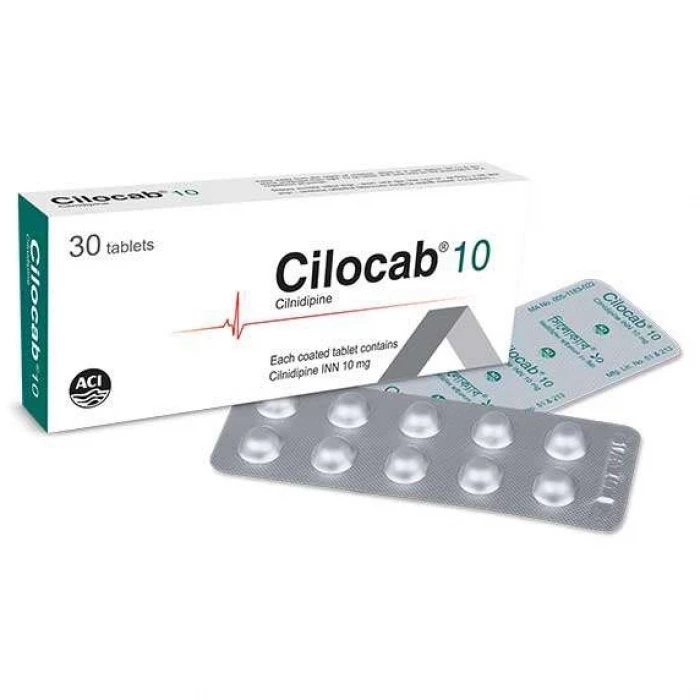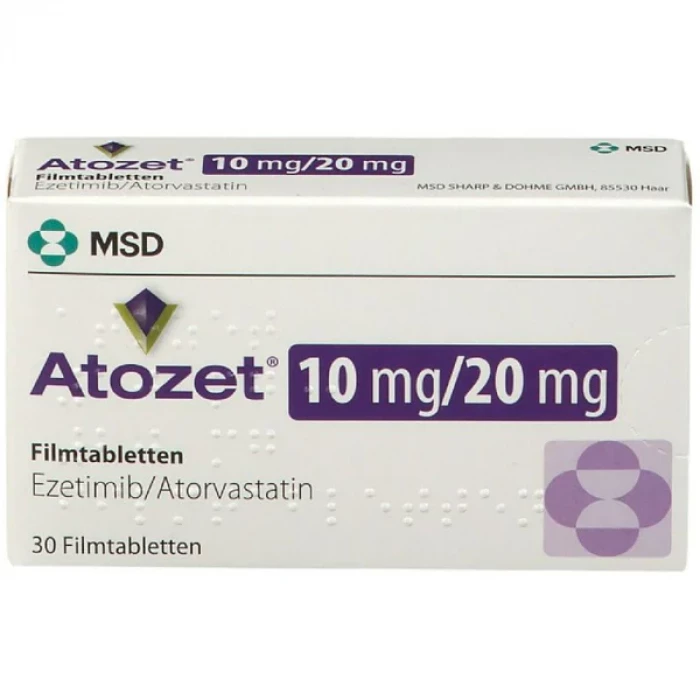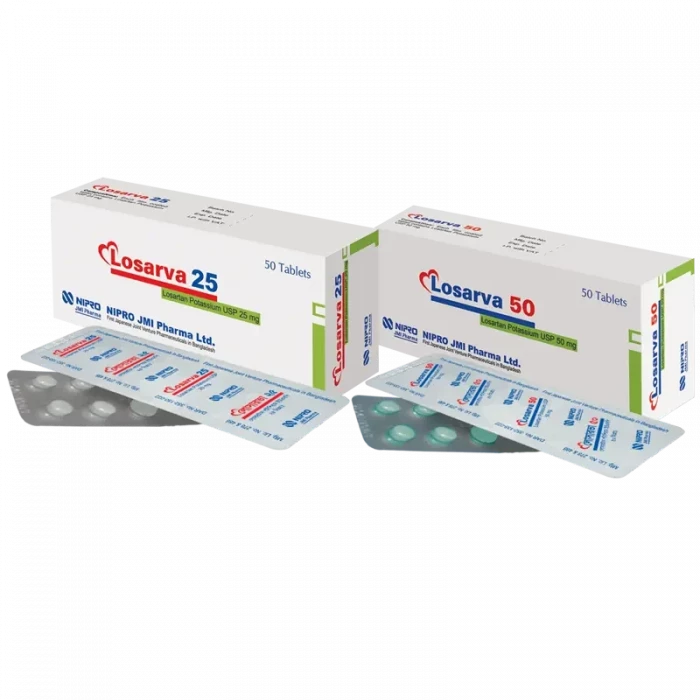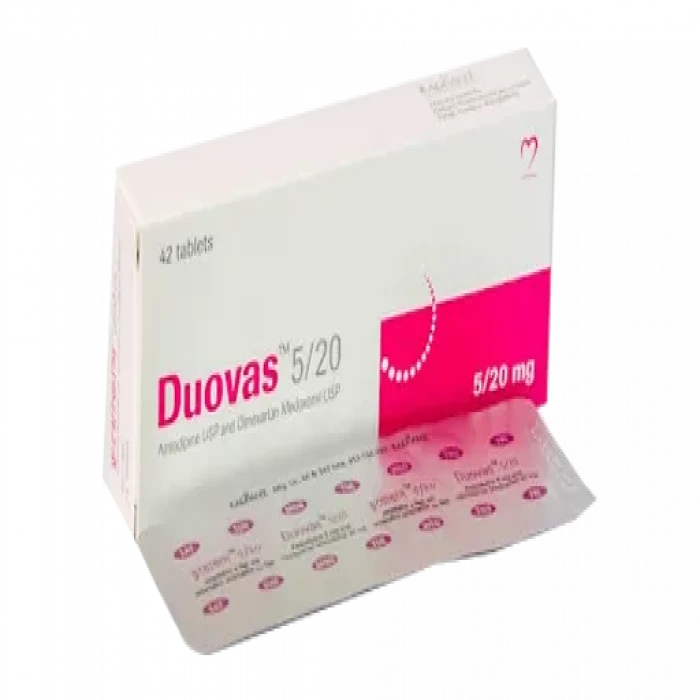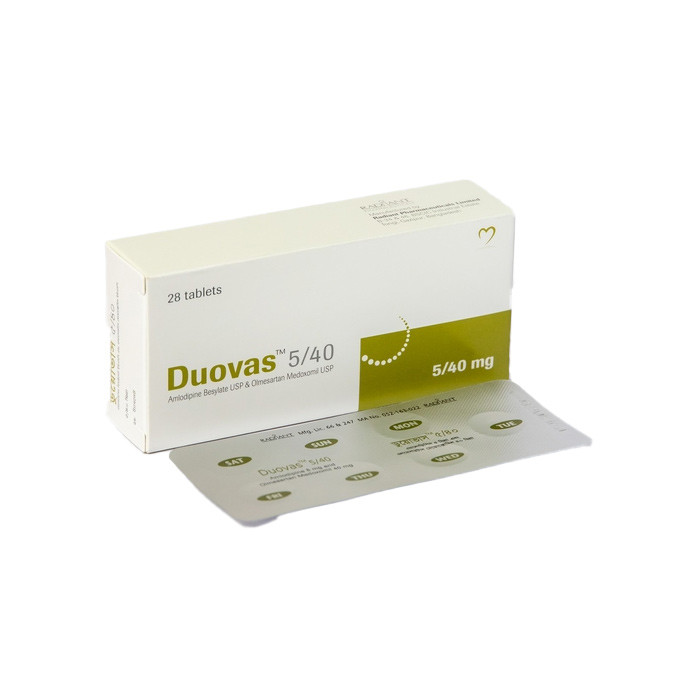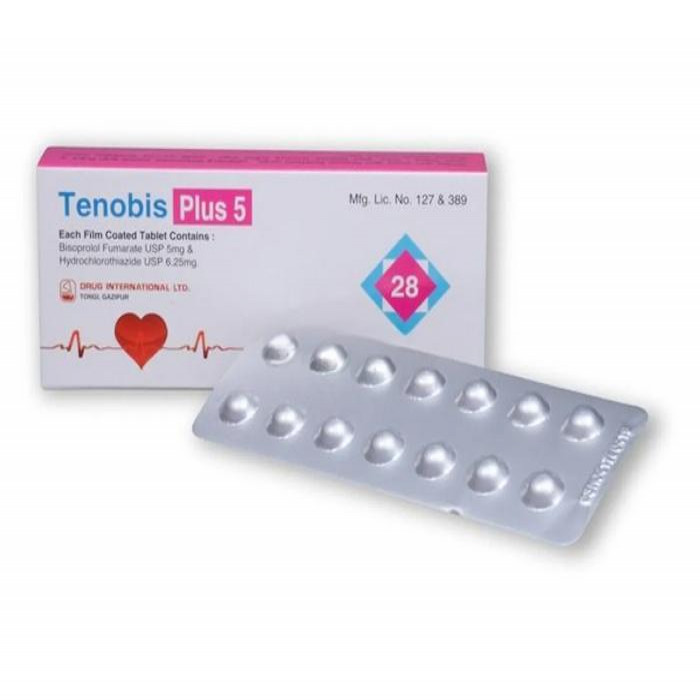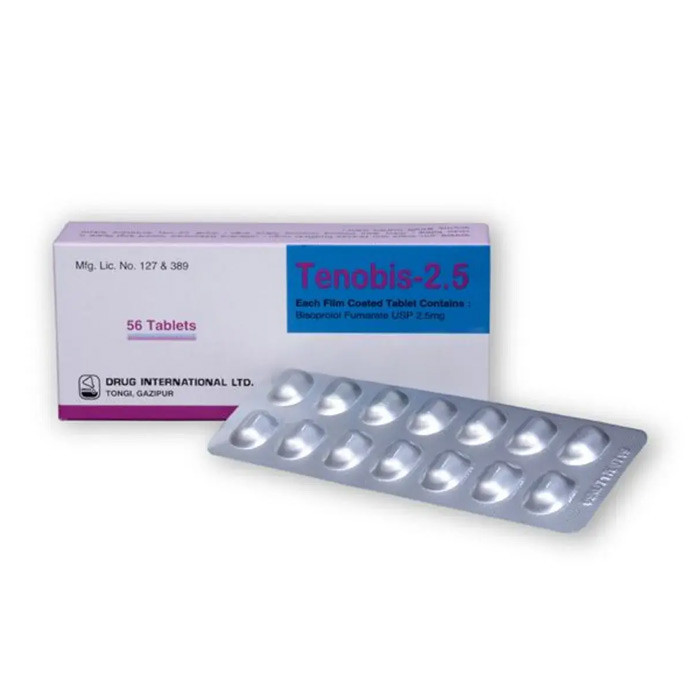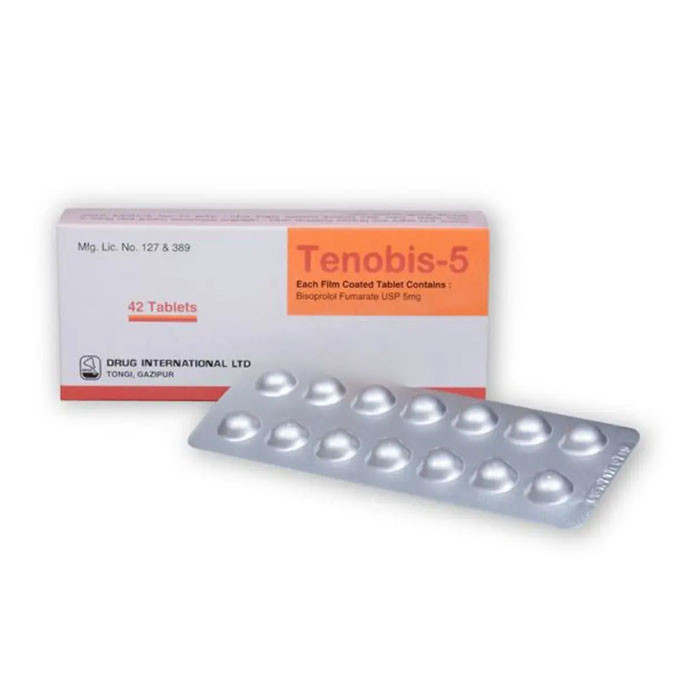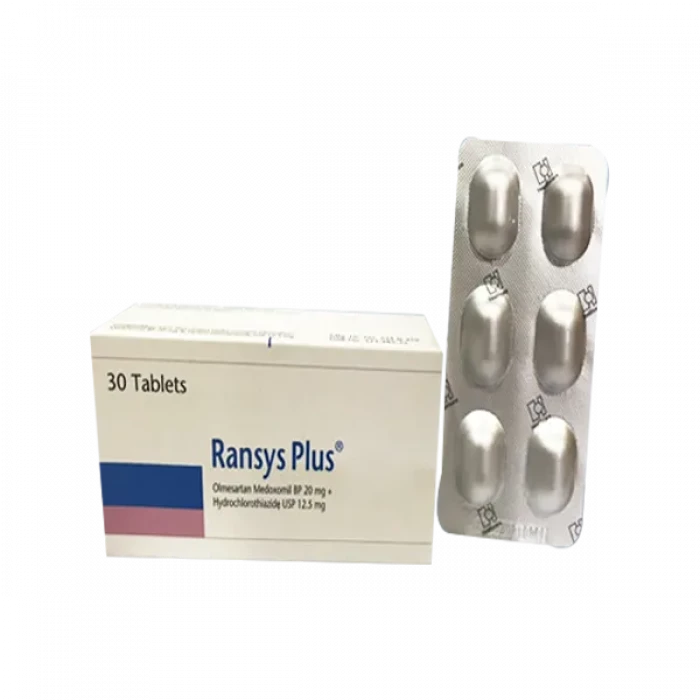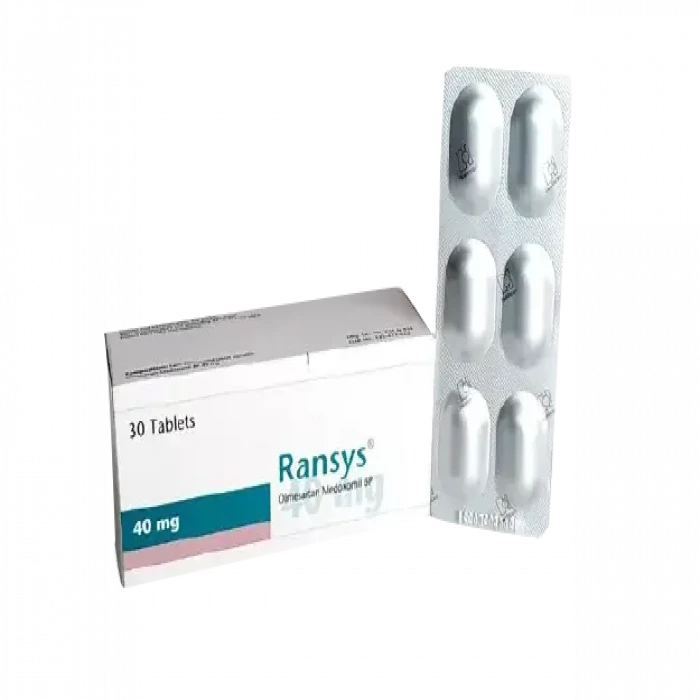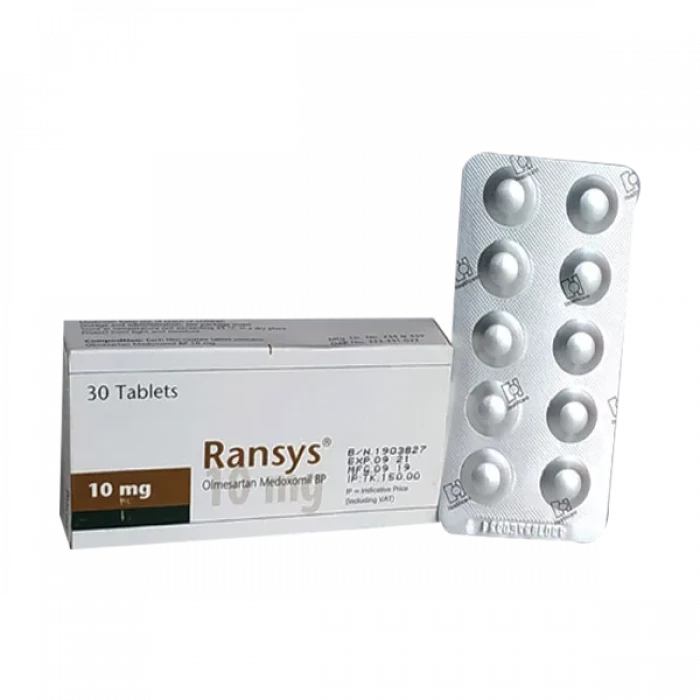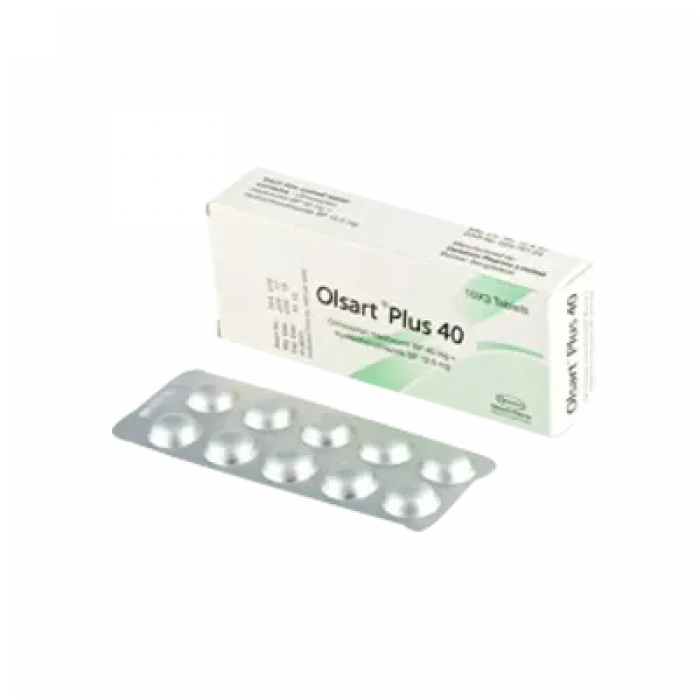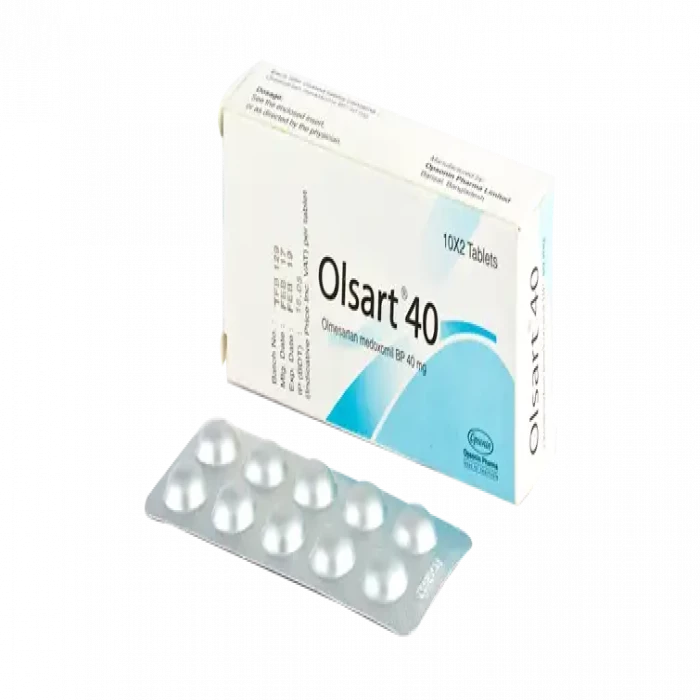

✔ 100% Authentic Product

100% Genuine Products, Guaranteed
Safe & Secure Payments, Always
Fast, Secure & Efficient Delivery
Proper Packaging
Cashback offer(Optional):
- 🏷 Coupon CASH55 ✔️ Get ৳55 back - for Ordering ৳500+
- 🏷 Coupon CASH120 ✔️ Get ৳120 back - for Ordering ৳1200+
- 🏷 Coupon CASH200 ✔️ Get ৳200 back - for Ordering ৳2500+
- 🏷 Coupon CASH300 ✔️ Get ৳300 back - for Ordering ৳3500+
- 🏷 Coupon CASH400 ✔️ Get ৳400 back - for Ordering ৳4500+
- 🏷 Coupon CASH500 ✔️ Get ৳500 back - for Ordering ৳5500+
- 🔹 Delivery charge is applicable for Cashback offer
- 🔹 Foreign manufacturer products are not applicable for Cashback offer
Show More
 Cash on Delivery - All over Bangladesh
Cash on Delivery - All over Bangladesh Urgent Delivery - 2 Hours Dhaka City
Urgent Delivery - 2 Hours Dhaka City ফ্রি ডেলিভারি! - ১৪৯৯ টাকা+ অর্ডারে ঢাকা
শহরে ।
ফ্রি ডেলিভারি! - ১৪৯৯ টাকা+ অর্ডারে ঢাকা
শহরে । ফ্রি ডেলিভারি! - ২৯৯৯ টাকা+ অর্ডারে ঢাকার
বাহিরে ।
ফ্রি ডেলিভারি! - ২৯৯৯ টাকা+ অর্ডারে ঢাকার
বাহিরে ।
✅ Description:
Indications
Hypertension is a condition in which the blood pressure (Primary and Secondary Hypertension). Raynaud's phenomenon and Raynaud's illness are two different things. Congestive heart failure (Prazosin may be used alone or in combination with other medications to treat individuals with congestive heart failure who are resistant or refractory to standard diuretic and/or cardiac glycoside therapy) and benign prostatic hyperplasia (For the symptomatic treatment of urinary obstruction due to BPH and in patients awaiting prostatic surgery).
Pharmacology
Prazosin reduces total peripheral vascular resistance in vascular smooth muscle by selectively inhibiting postsynaptic alpha-1-adrenoreceptors. In hypertensive patients, blood pressure is reduced in both the supine and standing positions, with the diastolic blood pressure being the most affected. Following sudden discontinuation of Prazosin medication, there is no rebound rise of blood pressure.
The helpful viability of Prazosin in patients with congestive heart disappointment is credited to a diminishment in cleared out ventricular filling weight, decrease in cardiac impedance and an enlargement of cardiac yield. The utilize of Prazosin in congestive heart disappointment does not incite a reflex tachycardia and blood weight decrease is negligible in normotensive patients. Prazosin decrease the seriousness of the signs, indications, recurrence and term of assaults, in patients with Raynaud's illness. In moo measurement, enmity of alpha-1-receptors on prostatic and urethral smooth muscle has been appeared to move forward the urinary weight profile in men and to make strides side effects of kind prostatic hyperplasia. Clinical ponders have appeared that Prazosin treatment isn't related with adverse changes within the serum lipid profile.
Dosage & Administration
Hypertension:
Recommended starting dose: 0.5 mg (in the evening), twice or thrice daily for 3 to 7 days. This dose should be increased to 1 mg twice or three times daily for a further 3 to 7 days. Thereafter, the daily dose should be increased gradually as determined by the patient's response to the blood pressure lowering effect. Most patients are likely to be maintained on a dosage regimen of Prazosin alone of up to 15 mg daily in divided doses.
Maximum dose: 20 mg in divided doses.
Patients receiving other antihypertensive therapy but with inadequate control:
The dosage of the other drug should be reduced to a maintenance level and Prazosin initiated at 0.5 mg in the evening, then continuing with 0.5 mg twice or three times daily.
Subsequent dosage increases should be made gradually depending upon the patient's response.
Congestive heart failure:
The recommended starting dose: 0.5 mg two, three or four times daily, increasing to 4 mg in divided doses. Dosage should be adjusted according to the patient's response, based on careful monitoring of cardiopulmonary signs and symptoms.
Usual daily maintenance dosage: 4 mg to 20 mg in divided doses.
Raynaud's disease:
The recommended starting dosage: 0.5 mg twice daily given for a period of 3 to 7 days and should be adjusted according to the patient's clinical response.
Usual maintenance dosage: 1 mg or 2 mg twice daily.
Benign prostatic hyperplasia:
The recommended dosage: 0.5 mg twice daily for a period of 3 to 7 days, with the initial dose administered in the evening. The dosage should then be adjusted according to clinical response.
The usual maintenance dosage: 2 mg twice daily.
May be taken with or without food. Starting dose is best taken within dinner, at least 2-3 hr before retiring. Maintenance doses may be taken with or without meals.
Interaction
Phosphodiesterase-5 inhibitors (PDE-5 Inhibitors) should be used with caution. In some patients, using PDE-5 inhibitors (e.g., Sildenafil, Tadalafil, Vardenafil) with Prazosin at the same time can cause symptomatic hypotension. Prazosin combined with a beta-adrenergic antagonist or calcium antagonist may result in a significant drop in blood pressure.
Contraindications
Patients who have a known sensitivity to Prazosin, other quinazolines, or any of the excipients should avoid taking it.
Side Effects
Allergic reactions, depression, nervousness, insomnia, hallucinations, dizziness, drowsiness, headache, faintness, syncope, paraesthesia, worsening of pre-existing narcolepsy, blurred vision, eye pain, reddened sclera, vertigo, tinnitus, palpitations, and others are the most common side effects of Prazosin.
Pregnancy & Lactation
Category C pregnancy. It should only be taken when the possible benefit outweighs the potential risk, according to the physician. Prazosin has been found to be excreted in human milk in tiny levels. When administering Prazosin to breastfeeding women, extreme caution is advised.
Precautions & Warnings
Prazosin is not indicated for patients with benign prostatic hyperplasia who have had a history of micturition syncope. It should not be given to patients who are already on another alpha-1 agonist.
Prazosin is not advised for the treatment of congestive heart failure caused by mechanical obstructions such as aortic valve stenosis, mitral valve stenosis, pulmonary embolism, and restrictive pericardial disease in patients with congestive heart failure.
Hypertensive patients should: Postural hypotension has been documented, with symptoms including dizziness, weakness, and, in rare cases, loss of consciousness, especially when therapy is first started.
Storage Conditions
Store below 30° C and away from light and moisture. Keep your distance from the children's reaches.
Disclaimer:
ePharma sole intention is to ensure that its consumers get proper
information as musch as possible. Although we do not guarantee the
accuracy and the completeness of the information that provided and
here information is for informational purposes only.
The information contained herein should NOT be used as a substitute
for the advice of a qualified physician. This may not cover
everything about particular health conditions,
lab tests, medicines, all possible side effects, drug interactions,
warnings, alerts, etc. Please consult your healthcare professional
and discuss all your queries related to any disease or medicine. We
intend to support, not replace, the doctor-patient relationship.




